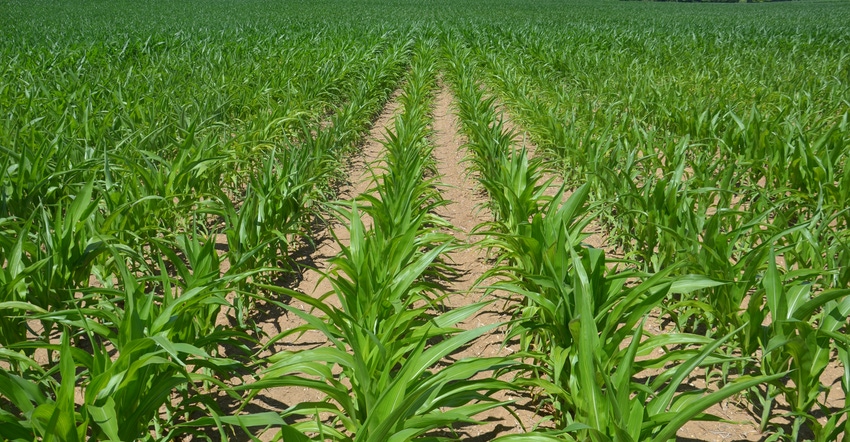
Mother Nature didn’t cooperate, and you don’t have ideal corn stands, but they’re too good to replant. You were planning to sidedress more nitrogen and spray fungicides. Because the stand is borderline, should you skip adding extra inputs?
Jason Gahimer, who coordinates the Practical Farm Research program for Beck’s, heard scenarios like this so often that he included a simulated case of reduced stands in PFR trials. What he and his staff found may surprise you.
When it comes to nitrogen, fertilizing at normal levels still paid in most cases, although it might be possible to cut back N rates if final stands are as low as 20,000 plants per acre. For fungicides, the trials were clear-cut: Spray fungicide if you would expect a response on a field with a good stand.
Nitrogen and thin stands
Beck’s began the nitrogen trial with thin stands in 2020. In 2021, researchers repeated it at their Indiana, Kentucky, Ohio and Minnesota locations. They compared two nitrogen rates — the control rate of 190 pounds per acre vs. 150 pounds per acre — at three final stands: 32,000, 26,000 and 20,000 plants per acre. Thinner stands were spaced sporadically to simulate real-life conditions. The trial was repeated with various hybrids falling into two groups: higher responsive to nitrogen and nitrogen efficient.
Overall, yields at 190 pounds of N at 32,000, 26,000 and 20,000 plants per acre averaged about 217 bushels, 212.5 bushels and 198.1 bushels per acre, respectively. Even for the 190-pound vs. 150-pound N rate with 32,000 plants, yields were only about 4 bushels per acre lower for the lower N rate, with slightly less difference for N-efficient hybrids. However, at 26,000 plants per acre, the difference for 190 pounds vs. 150 pounds was bigger, at over 5 bushels per acre for N-responsive hybrids and over 7 bushels per acre for N-efficient hybrids. At 20,000 plants, there was only a 1-bushel advantage for 190 pounds over 150 pounds for N-responsive hybrids and a 5.6-bushel advantage for N-efficient hybrids.
“Our two-year multi-location data suggests it’s not economically profitable to reduce your nitrogen rate until you get close to 20,000 plants per acre,” Gahimer notes. “Since the environment affects nitrogen year to year, we need more years of data to draw solid conclusions.”
Fungicide and thin stands
The fungicide study was set up similarly, with 32,000 plants per acre compared to sporadic stands of 26,000 and 20,000 plants per acre. It was repeated at Kentucky, southern Illinois, Ohio and Iowa PFR locations. Control passes received no fungicide, and treated passes were sprayed with 13.7 ounces of Trivapro fungicide per acre at the R1 stage. Corn was valued at $4.78 per bushel, and the fungicide was $159.09 per gallon.
Yields for untreated corn in 2021 at 32,000, 26,000 and 20,000 plants per acre were 235, 221 and 197.3 bushels per acre, respectively. Yields for corn treated with fungicide at 32,000, 26,000 and 20,000 plants were 242.1, 229 and 203.9 bushels, for advantages for treating of 7.1, 8 and 6.6 bushels per acre, respectively.
Putting dollars to two-year results, treating produced a return on investment of $16.91, $21.21 and $14.52 per acre for 32,000, 26,000 and 20,000 plants, respectively.
“Even if you have a reduced stand, it pays to treat the field,” Gahimer concludes.
About the Author(s)
You May Also Like




